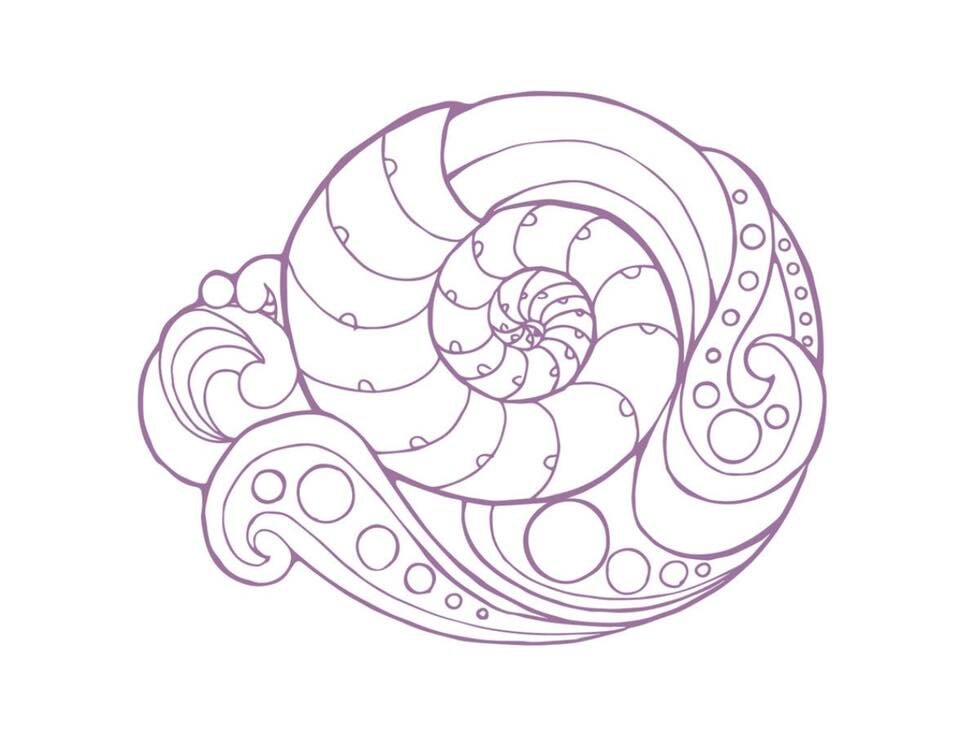The Touchstone of Integration
When I reflect on the Touchstone of Integration, I must ask myself: Why did I begin this project? Necessity. Curiosity and admiration. Desperation.
When I look back at who I was ten years ago, when the concept for a year-long creativity circle first began to coalesce, I experience these complicated waves of emotion. I shudder, ashamed at how unconscious I was of my own patterns. I sorrow over how difficult I made things, barricading myself in mazes and tripping willfully over traps. My hubris at what I believed to be true was so naïve that it can only amuse me now.
At the same time, I feel the most exquisite tenderness for this woman’s courage in admitting she didn’t have all the answers. Her precociousness, her sheer inventiveness amazes me. She dropped a coin in a well, made a wish, and I’m still caught up in the response’s ripples. When I look back at the waves that have buffeted her across the intervening years, I’m proud of her persistence, and gratitude at last crashes through me.
This project has sensitized me to subtleties, like the way—even today—that I’m liable to use the first person “I” when being self-critical, but distance myself from kinder reflections by lapsing into third-person “she” and “her.” In fact, that’s how the previous two paragraphs came out in my journal. I decided to let the pronouns stand, as a reminder of how important they are, even for internal speech.
In the video I recorded for the Touchstone of Integration, I talk about selecting the smallest stone as my reminder. I ramble about flossing. The point I’m trying to drive home is that integration occurs in the smallest, subtlest ways. Pay attention to the signs: The most insignificant things can lead to the most significant shifts. You may not even realize a pattern is changing until you can look back on it with hindsight’s more informed eyes.
Pay Attention to the Signs
The tarot card of Judgment has come to epitomize the Touchstone of Integration for me. Most people shy away from this card, uncomfortable with the modern associations of “being judged,” but to me, it heralds an awakening. A central figure rises from the dead as an angel trumpets above, and with that fanfare, I become conscious of something I already know to be true.
Similarly, I knew I needed some sort of conclusion for this book—the project manager in me was clamoring to capture “lessons learned”—but examining my realizations across this project, my conclusions felt small, banal, and self-evident. They were things that I now know to be obviously true, and in that sense, writing about them—even thinking about them—challenged me.
A Small but Mighty Amethyst
Taking my father’s ashes back to Hawaii was the clarion call that woke these last two chapters of the book from where they’d been slumbering inside me. Alone, armed with a fresh pack of sticky notes and endlessly inventive sunrises, I could finally acknowledge my growth, no matter how insignificant my more critical side judged it.
I need this reminder so badly, especially on mornings like today, when I wake up weepy and overwhelmed, sick and tired. I did not want to write this post, feeling incapable and unworthy of “tooting my own horn” in this way. So I picked up my kazoo and marched circles around the house until something finally woke inside me.
Sometimes, I can look back across the chaotic maze of my life to see its pattern as clearly as a labyrinth, with only one way in and one way out. When I am able to witness myself weaving creativity into activities as mundane as flossing, then I know I am on the right path.




